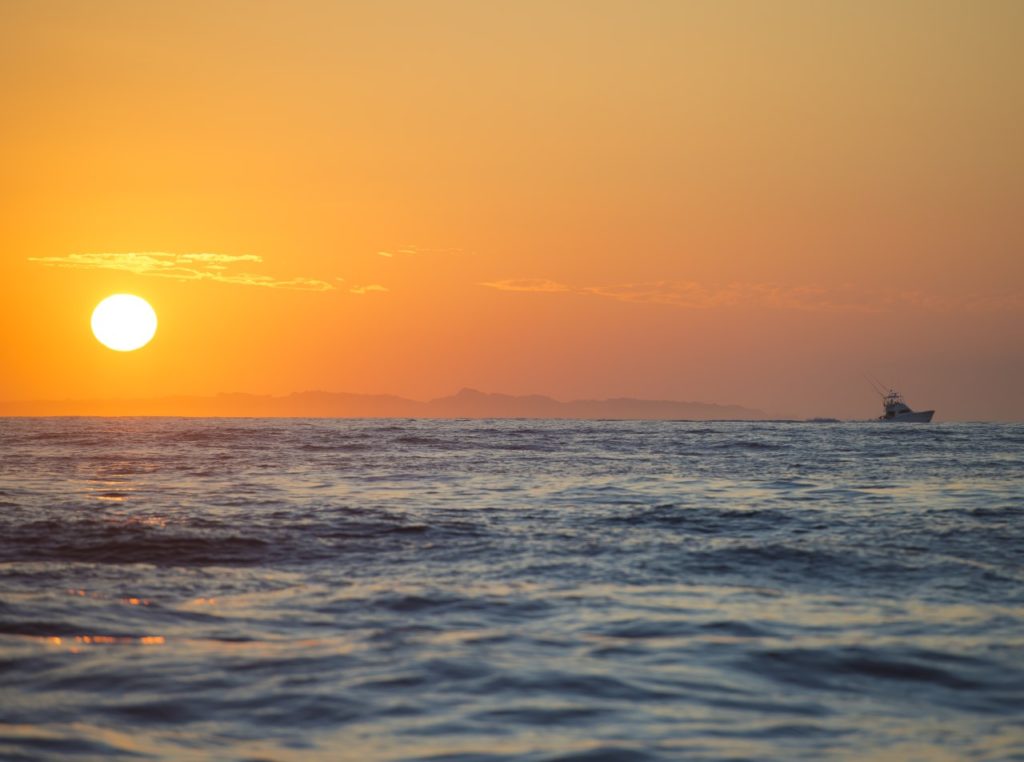
Photo by Will Drost
By Bill Shedd, Chairman & CEO, American Fishing Tackle Co (AFTCO)
In January 2021, President Biden issued an executive order to conserve at least 30 percent of America’s land and ocean areas by 2030. The order has come to be known in this country as “30×30” and it signaled the U.S.’s desire to participate in the global 30×30 initiative. The concept gained considerable momentum in 2018 when Swiss philanthropist Hansjörg Wyss pledged one billion dollars over 10 years to help reach the 30 percent goal worldwide. The 30×30 plan was eventually formalized in 2020 by the United Nations Convention on Biological Diversity as a global framework to protect the Earth’s biodiversity. With the executive order, this global initiative has landed firmly on our nation’s shores.
With the details not yet fully revealed, the jury remains out for the recreational-fishing community as to whether it may prove a great plus for the resource and the sport, or whether it may negatively impact both fishery productivity and result in unnecessary restrictions to public access.
In previous iterations of efforts to expand marine protected areas, the concept has been promoted as a panacea, while ignoring science to the contrary. A report prepared by CCA and AFTCO brings together a collection of papers, data, models, and analysis from fisheries scientists to show that however well-intentioned, no-take/no-fishing marine protected areas do not come without an economic and resource cost.
The report – The Science Behind 30×30 – explores the science that shows U.S. based no-fishing MPAs do not increase fisheries productivity, and that current fisheries management tools are far superior for achieving the goal. For years advocates have oversold the value of no-fishing MPAs in fishery management. This report shows that claims of MPAs being the panacea for managing fisheries are largely a myth and includes links to considerable scientific literature demonstrating the real cost of no-fishing MPAs to sustainable fisheries.
Our hope is to remind decision-makers of the true fisheries value of current fisheries management in the U.S. so that we can agree on a positive path forward for 30×30. So far, we are encouraged that the Biden Administration seems to understand the difference between a conservationist perspective and a preservationist perspective. If all stakeholders work together and embrace the full range of science with anglers and outdoorsmen and women to protect our wild lands and waters while also protecting the public’s reasonable access to those resources, this 30×30 initiative can yield truly positive results.
Recreational anglers, like other U.S. natural-resource users, are working for a 30×30 plan that meets the needs of our nation and tackles issues such as freshwater runoff, biodiversity loss, ocean acidification, and multiple forms of pollution. We do not, however, want to see a decline in fisheries productivity.
Hunters and anglers have proactively supported efforts to conserve our nation’s terrestrial, freshwater, and marine ecosystems for more than a century. Sustainable hunting and fishing are entirely consistent with 30×30’s conservation goals. With revenue from sporting licenses, and excise tax revenue from both the Wildlife and Sport Fish Restoration Programs, recreational angling and hunting provide a ready funding mechanism for achieving biodiversity goals through the American System of Conservation Funding, widely recognized as the most successful conservation model ever devised.
If the 55 million members of the U.S. recreational fishing community are prevented access to public waters without demonstrable scientific justification, they understandably lose trust in the entire concept, which would make it all but impossible to achieve the best 30×30 outcome possible.
To review The Science Behind 30×30, visit JoinCCA.org/30×30.








